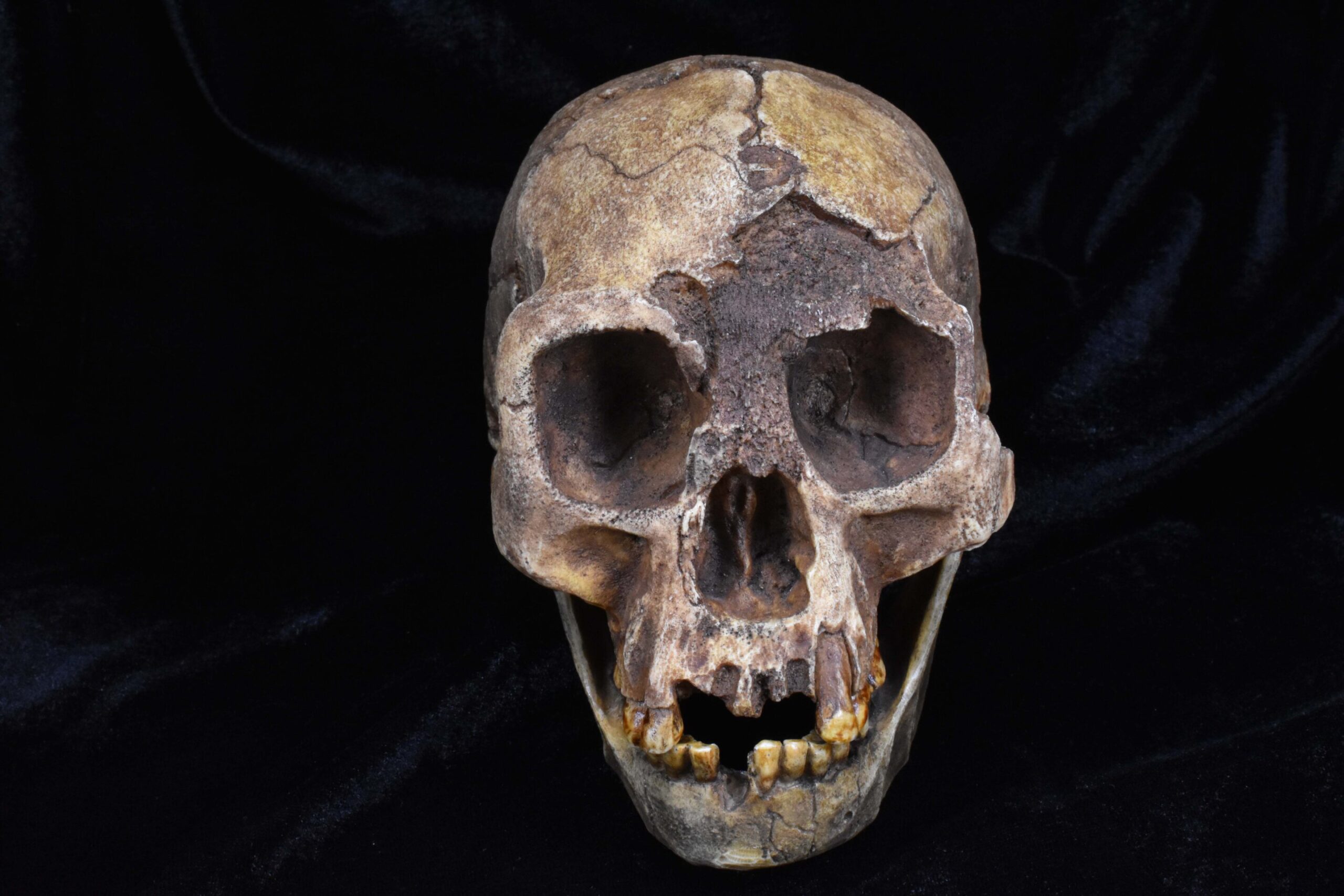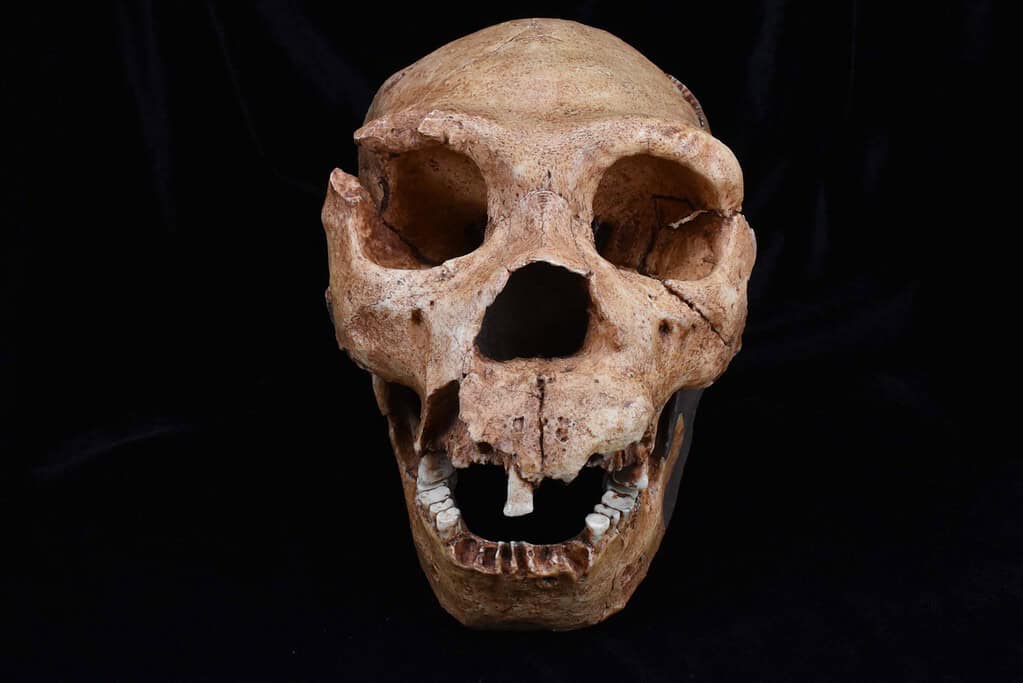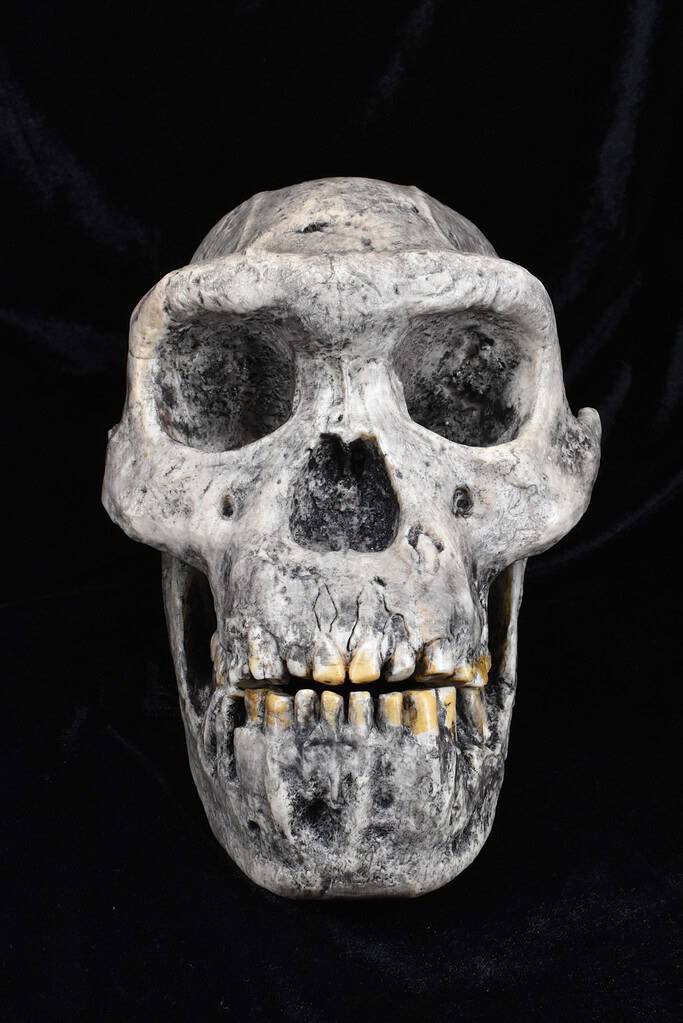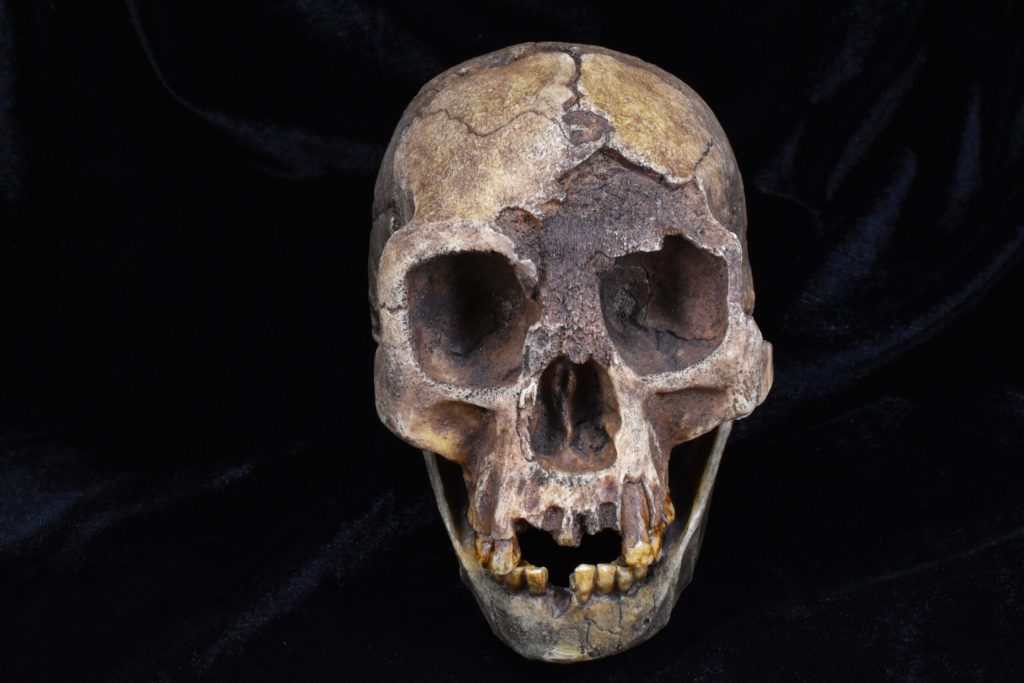
The Various Humans of the World
As our species (Homo sapiens) developed and spread around the world, they lived at the same time as numerous other hominins. These include the well-known Neanderthals, as well as Denisovans, Homo floresiensis (mostly in Indonesia), Homo luzonensis (discovered in the Philippines), and Homo naledi (known from South Africa).
Looking down from our position of power, it's easy to believe that we have always ruled this planet, controlling animals and shaping the environment as we see fit — and that we were the sole travelers on this journey. Not quite. It's amazing that not just one, but at least five other human species were at some point coexisting on this small blue planet of ours.
These humans didn't appear out of nowhere. We all stem from a common ancestor that emerged around approximately six million years ago. Scientists have identified about 20 hominin species in total — but there are likely many more. Half of these species have been found in the last 30 years alone, and more will probably be discovered in the future with time (and funding).
How did all these humans evolve? Why did some lineages thrive while others faded and eventually became extinct?
A Change in Evolutionary Patterns
The general agreement among paleontologists is that climate change is the main factor shaping the emergence and extinction of hominin species. However, a recent study from the University of Cambridge has revealed an unusually different pattern in human evolution. Researchers discovered that the rate of new species emerging in our lineage is unmatched among vertebrates — and it is all linked to interspecies competition.
The study revealed that unlike other vertebrates, where competition typically inhibits speciation after ecological niches are filled, the Homo lineage demonstrates an uncommon trend where heightened competition coincides with an increase in the formation of new species.
“We have been overlooking the way competition between species has influenced our own evolutionary tree,” stated lead author Dr. Laura van Holstein, a biological anthropologist at the University of Cambridge.
“The impact of climate on hominin species is just part of the picture.”

Studying the evolutionary patterns of early hominins, the researchers identified a familiar cycle. Initially, species emerge rapidly when ecological competition is minimal, then they level off and decline as competition intensifies and niches are occupied. However, the Homo genus, which includes modern humans, defied this pattern. “The more species of Homo there were, the higher the rate of speciation. This is almost unmatched in evolutionary science,” van Holstein explains, noting that the findings were “unusual”.
This pattern is somewhat similar to that of island-dwelling beetles, which also display unique speciation dynamics due to their isolated environments.
Tracing Hominin Speciation
In recent years, scientists have discovered many new hominin species, including Australopithecus sediba to Homo floresiensis. Van Holstein has created a new database that records instances in the hominin fossil record, noting about 385 times species samples were located and dated.
Van Holstein notes that fossils may not always accurately show how long a species lived. She explains, “We may not find the earliest members of a species with the first fossil we discover.”
Fossilization success is affected by various factors, including geology and climate conditions, such as hot, dry, or dampness. Also, since research is mainly focused in specific global regions, some older or younger fossils probably remain undiscovered.
To address these issues, van Holstein used data modeling to include likely population sizes at the start and end of species' existence and the impact of environment on fossilization. This method helped redefine the time boundaries for most known hominin species.

Her discoveries challenge the previous belief that some species evolved through “anagenesis” — the gradual evolution into another species without branching. Instead, these species may have “budded,” meaning a new species branched off while the original continued to exist. For example, it was previously thought that Australopithecus afarensis evolved directly from Australopithecus anamensis through anagenesis, but new data suggests they coexisted for about half a million years.
This analysis also revealed that more hominin species coexisted and possibly competed with each other than previously thought. While early hominins like Paranthropus may have evolved physically to exploit new food sources, the evolution within our own genus, Homo, likely centered on technological innovations.
Technology As an Evolutionary Tool
The researchers argue that adopting technologies such as stone tools, fire, or advanced hunting techniques allows a species to quickly adapt and occupy new ecological niches without the lengthy process of evolving new physical traits. This capability to harness technology and generalize beyond traditional ecological niches likely spurred the rapid increase in the diversity of Homo species.
Ultimately, this led to the rise of Homo sapiens—the quintessential generalists. Competing as flexible generalists in nearly every ecological niche might have driven the extinction of other Homo species.
“These results show that, although it has been conventionally ignored, competition played an important role in human evolution overall. Perhaps most interestingly, in our own genus it played a role unlike that across any other vertebrate lineage known so far,” added van Holstein.
The findings appeared in the journal Nature Ecology & Evolution.









